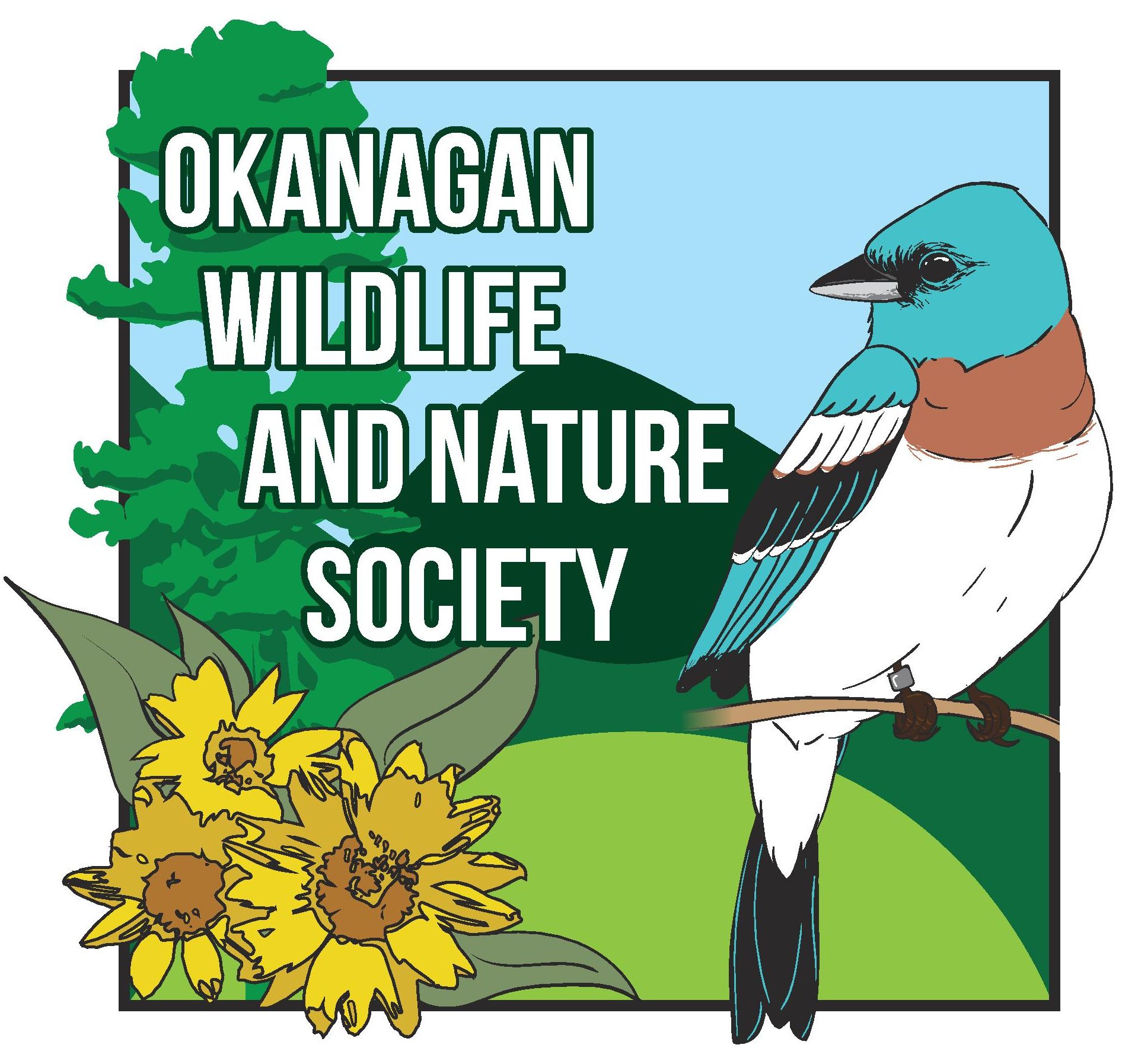If you are not the owner of a property with suitable habitat for nesting kestrels, but are interested in this project, you can still participate! We are looking for volunteers who are willing to commit to regular monitoring of kestrel nest boxes for landowners who may not have time to do so themselves. No experience or education prerequisites are required but you must have your own mode of transportation and be comfortable climbing a ladder. Read on to learn what is required and become involved.
Maintenance and Monitoring
In early Spring (starting early April), boxes should be monitored weekly to detect occupancy of the nest box. If a starling or House Sparrow has occupied the nest box, these nests/eggs should be removed weekly to deter nesting. Please refer to photos of eggs of these species (egg and nestling guide available at bottom of page to ensure only these species of nests/eggs are being removed.

Once a box becomes occupied by a kestrel pair, it should be visited every 1-2 weeks (at most once a week) to minimize stress on the birds. Checking a box will require you to climb up to the box and take a quick look inside and take a photo, if possible. We will be collecting basic nest productivity data which is recorded on a specific data sheet. Boxes will require monitoring throughout the breeding season which typically goes until July, when the young have fledged.
If the nest box was occupied, each Fall or early Spring (late fall is ideal) you must clean out the nest box and replace wood chips (wood chips and not shavings or other materials as wood chips adequately dry out). If kestrels successfully nest in a box they are likely to return to use the same nest box for multiple years.
Tools
You will need a ladder to access the nest box, a hammer, gloves to remove starling nests, and a paint scraper works nicely to scrape clean the nest box at the end of the season. It is also useful to have a camera on hand to take a photo of the interior of each box upon each visit.
Data Collection
Data sheets are provided by OWNS and are to be filled out if nest boxes become occupied. You will be recording data like the number of eggs and nestlings, number of adults observed, and whether other species are using the box. Data sheets must be submitted to OWNS either in paper or digitally at the end of the season, by September 1st. See below for data sheet links.
If you are up to this task, please email ownsinformation@gmail.com and provide your name, contact info, address and the number of boxes you think you will be able to monitor.
Downloads
The Okanagan Wildlife and Nature Society, its members, or volunteers are not responsible for any actions, incidents, injuries etc. that may occur while you are involved with the kestrel nest box program. You are solely responsible as a landowner for any actions you take in regards to the kestrel nest box program and any volunteers agree to be solely responsible for their actions relating to the kestrel nest box program.
